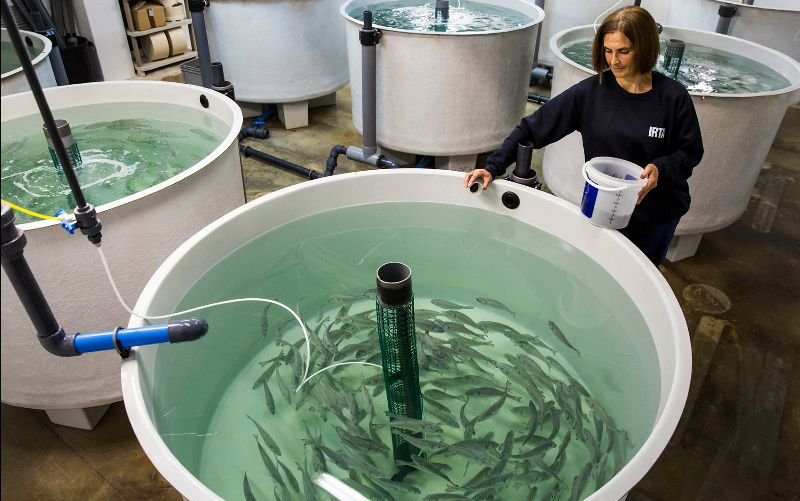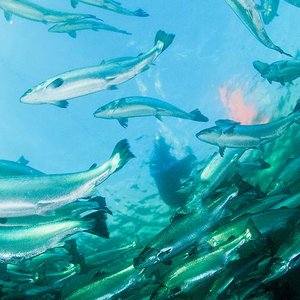Spanish researchers, together with APC Europe, performed a study on the benefits of the inclusion of spray-dried porcine plasma in seabream diets. The study showed that a 3% inclusion has positive effects on the performance and health status of seabream, whatever the level of fishmeal in the diet is.
The recent increase in aquaculture production has been based on the improvement of feed efficiency through the optimization of diet formulation, prioritizing the growth over other important factors. However, the development of the industry and the intensification of production systems, together with the strong and growing competition at producer level, has forced the aquaculture industry towards reducing production costs and providing added value to products.
In this context, maintaining the health and well-being of farmed animals is currently one of the main concerns of the sector. “The intensification of production systems and the development of a sustainable business model that is socially accepted by the consumer, makes necessary the development of new strategies and tools to guarantee good growth, health and well-being of farmed animals,” said Enric Gisbert, researcher from IRTA.
The study, which is part of DietaPlus project, found that the inclusion of low amounts (3%) of spray-dried porcine plasma during a period of 95 days not only improved the productive performance in terms of growth and feed efficiency but also improved the immune response and the barrier function of the skin.
Researchers used a combination of omic tools, based on the transcriptomic characterization of the skin through a microarray approach, together with a proteomic analysis of the exudate mucus. The inclusion of spray-dried plasma in the diet of seabream led to a greater development of the skin, an improvement in the different layers and the density of mucous cells.
Furthermore, although these results were obtained in diets with a high level of fishmeal (46%), subsequent studies carried out by the team indicated that in diets with a low content in fishmeal (7%), the effect observed is similar or even greater, not only observing this positive effect on the skin but also on other tissues such as the intestine or the gills.
According to Gisbert, “these results suggest that the inclusion of spray-dried plasma seems to be a good tool for the formulation of functional diets in aquaculture, as they are already used in terrestrial animal production.”
Download the study here.













